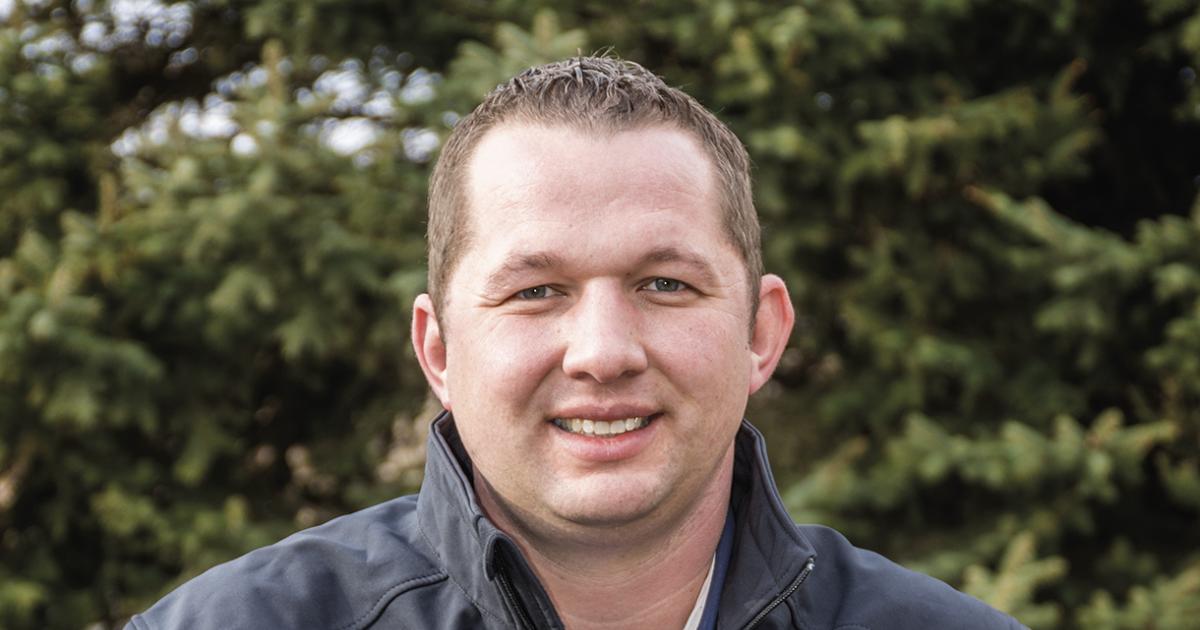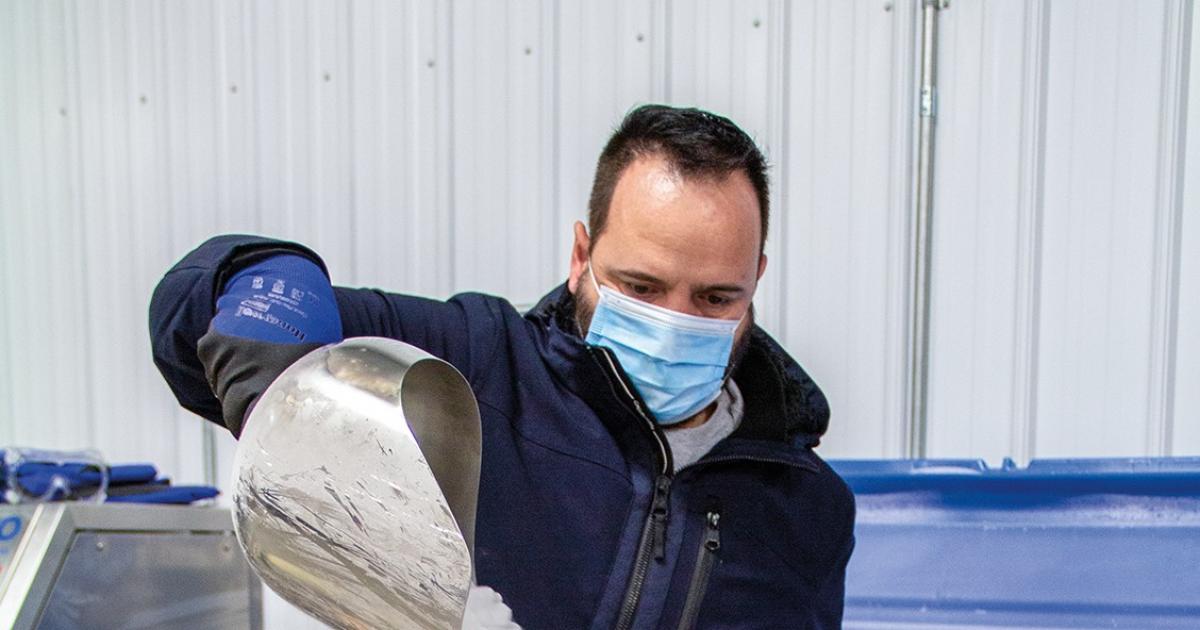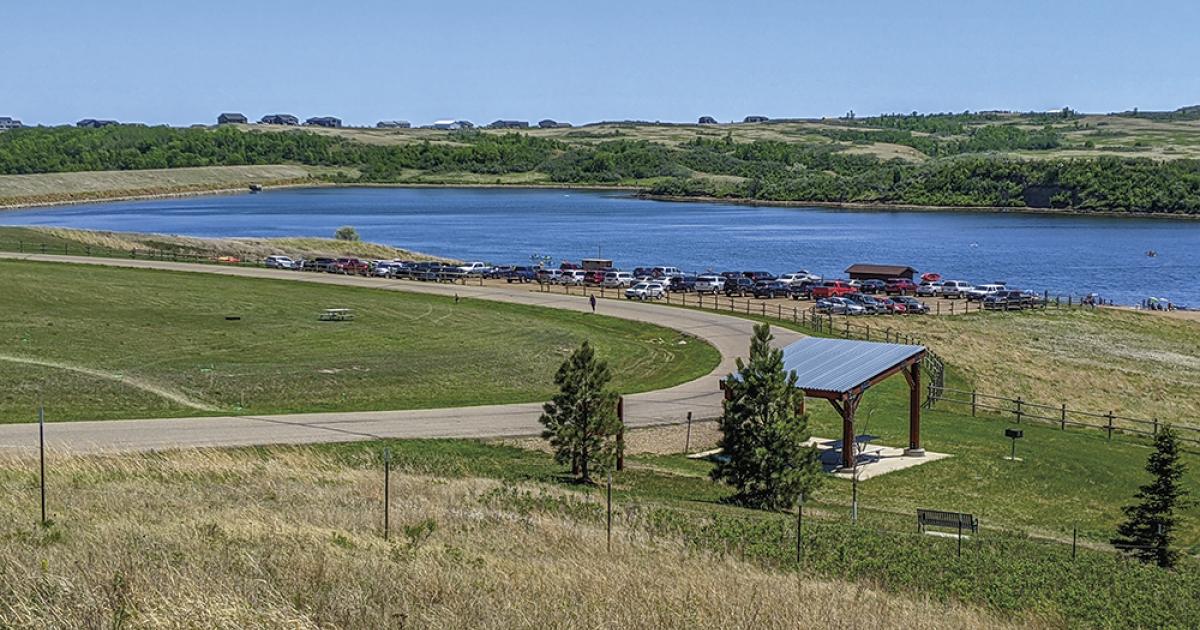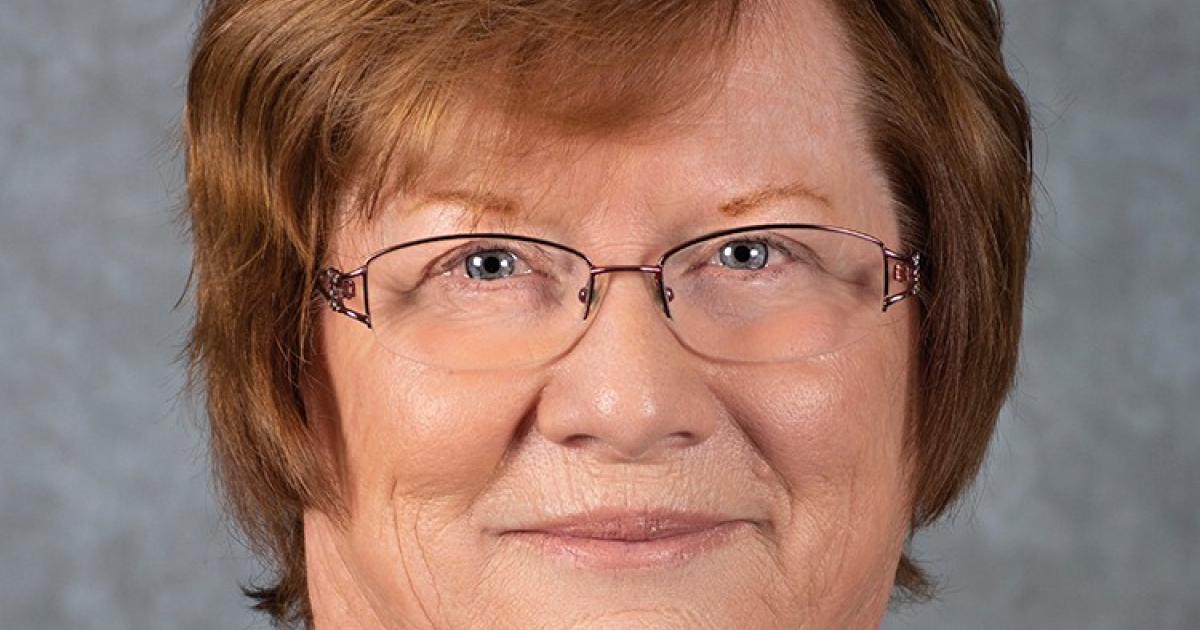The interconnected electric grid in the United States is the largest, most complex machine in the world. More than 7,300 power generating plants. Nearly 200,000 miles of high-voltage power lines. Millions of miles of low-voltage power lines. Try to imagine the number of substations, transformers and, of course, utility workers required to meet the critical, 24/7 task of maintaining this incredible system.
Think about what it takes to ensure the grid’s energy supply harmoniously meets electric demand. Grid operators have the important task of forecasting energy demand and adjusting generation accordingly. Too many electrons on the system at any given time can result in unsafe power spikes, overheating or damaged equipment. And, if there’s not enough electricity, blackouts result.
Last month, the North American Electric Reliability Corporation – the organization tasked with overseeing the reliability of the grid – released its 2023 Summer Reliability Assessment. It shows elevated risks of blackouts in two-thirds of the country, if widespread heatwaves were to occur.
Maintaining this grid harmony is getting more and more challenging every day, amid increasing industry pressure from regulators, federal policymakers and the public. Further perplexing is last month’s release of yet another new and complex rule proposed by the Environmental Protection Agency (EPA), which aims to dramatically limit carbon emissions on fossil fuel-fired (coal and natural gas) electric generating units. The EPA proposal will further strain the electric grid and undermine decades of work across America to reliably keep the lights on.
Is reliable electricity not a fundamental expectation of American consumers?
Electric cooperatives are committed to reducing carbon emissions, but we will not jeopardize reliability.
The demand for electricity continues to grow, due to the electrification of transportation and housing. U.S. demand for electricity could double by 2050. At the same time, the U.S. supply of baseload electricity is shrinking, because of premature plant retirements, permitting delays and supply chain issues.
Electric cooperatives, and others, have been sounding the alarm. More pragmatic voices must be called to speak louder. Unrealistic goals cannot drive us to the wrong decisions. Allow time for technology to evolve and be deployed, for transmission to be approved, permitted and built, and for the integration of more data and load-management tools to use the available supply more efficiently.
As the adage goes, “If you find yourself in a hole, stop digging.”
Good advice in the current energy conundrum.
___
Josh Kramer, editor-in-chief of North Dakota Living, is executive vice president and general manager of NDAREC. Contact him at jkramer@ndarec.com.










